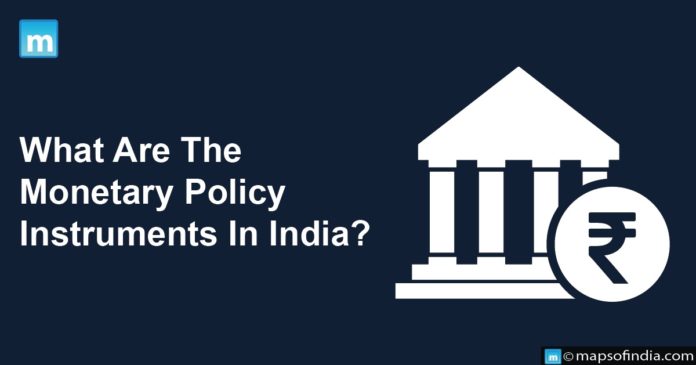The monetary authority of a country implements economic strategy by controlling either the interest rate due to very short-term lending or the financial system. Policymakers frequently target inflationary trends or interest rates to maintain price stability and establish faith in the currency. The Reserve Bank of India is in charge of monetary strategy in India.
What are the primary goals of monetary policy?
Expressly stated, the essential purpose of monetary strategy is to preserve economic stability while maintaining growth in sight, as price stability is a vital precondition for long-term economic growth. In India, the Reserve Bank of India (RBI) plays a crucial role in managing inflation via discussions on inflation targeting. India’s present inflation-targeting system is adaptable.
What is the Monetary Policy Panel’s responsibility?
The Reserve Bank of India Act, 1934 (RBI Act) was revised by the Finance Act, 2016 to establish a legislative and institutionalised foundation for a Monetary Policy Committee to preserve economic stability while pursuing development. The Monetary Policy Committee determines the benchmark policy rate (repo rate) needed to keep inflation within the set goal range.
In the Gazette of India published on August 05, 2016, the Government of India, in conjunction with the RBI, declared the ‘Inflation Target’ as 4% for the period commencing on the date of the announcement of the order and terminating on March 31, 2021. Simultaneously, the minimum and maximum tolerance thresholds were announced to be 2% and 6%, respectively. And this targeting strategy is still pursued by RBI.
What are the tools of monetary policy?
The RBI employs some of the below-mentioned instruments as part of its monetary policy.
-
Open Market Operations
An open market operation is a financial instrument that involves purchasing and selling securities, such as government bonds, from or to the general public and financial institutions. To manage the credit flow, the RBI issues govt bonds and buys govt bonds.
-
Cash Reserve Ratio (CRR)
A cash reserve ratio is a fixed sum of deposits banks must retain with the RBI as deposits or credits. The smaller the liquidity in the system, the greater the CRR with the RBI, and vice versa. In 2002, the CRR decreased from 15% in 1990 to 5%.
-
SLR (Statutory Liquidity Ratio)
All banking institutions must always have a specific amount of liquid assets on hand to cover their total time and demand liabilities. This is referred to as the Statutory Liquidity Ratio. Non-cash assets such as valuable metals, securities, and so on are retained.
-
Bank Rate Policy
Bank rates, also known as discount rates, are the rate of interest set by the Reserve Bank of India for delivering cash and lending to the financial sector. A rise in the bank rate increases the cost of borrowing for commercial banks, limiting the amount of money available to financial firms and hence the availability of funds. A hike in the bank rate indicates that the RBI is restricting monetary policy.
-
Credit Ceiling
Using this tool, the RBI provides advance notice or instruction that lending to commercial banks would be granted up to a particular amount. A financial institution will be reluctant to make public loans in this circumstance. They will only lend to a few industries.





